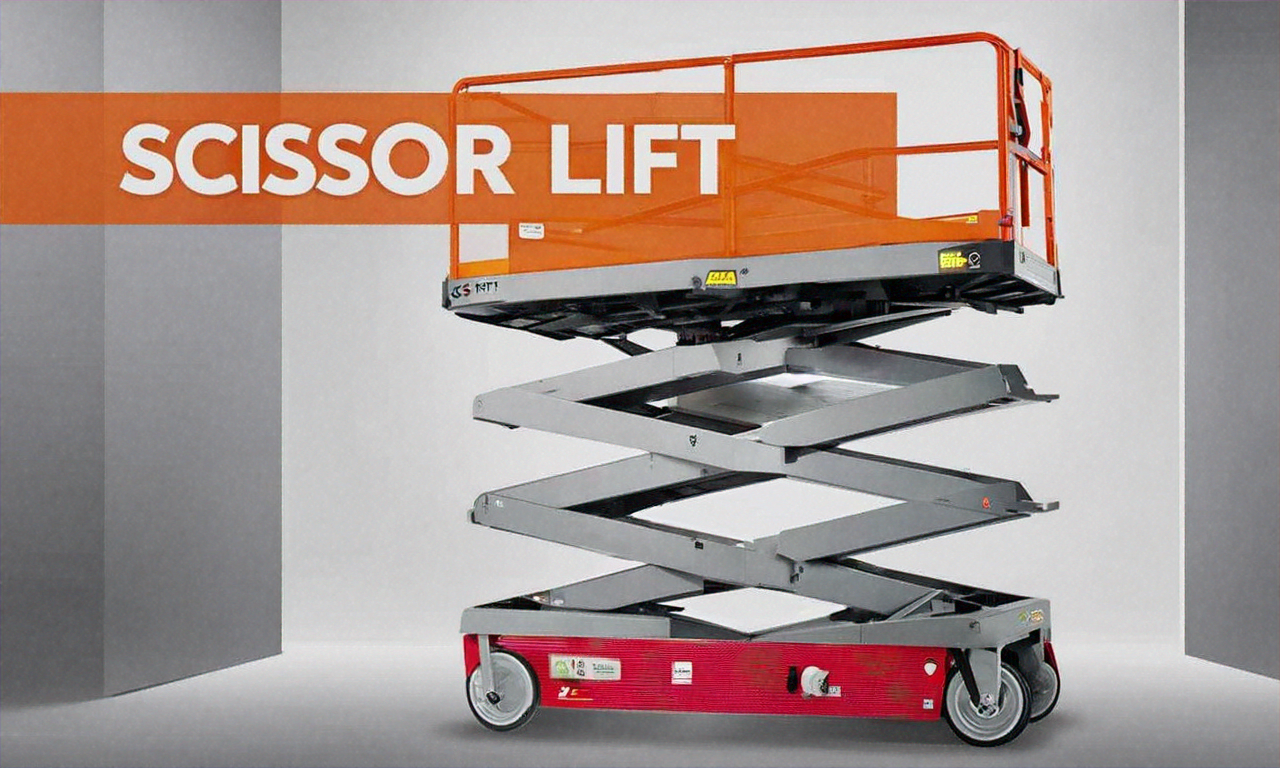Scissor Lifts: Versatile Platforms for Construction and Warehouse Safety
Scissor lifts are essential pieces of equipment in construction sites, warehouses, and various industrial settings. These hydraulic-powered platforms provide a safe and efficient means for workers to access elevated areas, perform maintenance tasks, and handle materials at height. As a crucial component in modern workplace safety practices, scissor lifts offer a stable and adjustable working platform that enhances productivity while minimizing the risk of falls and accidents.

The lifting mechanism of a scissor lift typically relies on hydraulic power. When activated, hydraulic fluid is pumped into cylinders, causing the scissor mechanism to extend and push the platform upwards. To lower the platform, the hydraulic pressure is released, allowing the scissor mechanism to retract under the platform’s weight.
What are the primary uses of scissor lifts in construction?
In the construction industry, scissor lifts play a vital role in various tasks and applications:
-
Access to elevated work areas: Scissor lifts provide a stable platform for workers to reach high ceilings, walls, and other overhead structures.
-
Material handling: These lifts can be used to transport tools, equipment, and materials to different levels of a construction site.
-
Installation work: Electricians, HVAC technicians, and other specialized workers use scissor lifts to install fixtures, ductwork, and other components at height.
-
Painting and finishing: Scissor lifts offer a convenient platform for painters and finishers to work on large vertical surfaces.
-
Inspection and maintenance: Construction supervisors and safety inspectors can use scissor lifts to conduct thorough examinations of elevated structures.
How do scissor lifts enhance warehouse operations?
In warehouse settings, scissor lifts contribute significantly to efficiency and safety:
-
Inventory management: Workers can use scissor lifts to access high shelves and racks, facilitating stock taking and organization.
-
Order picking: Scissor lifts enable warehouse staff to retrieve items stored at various heights quickly and safely.
-
Equipment maintenance: Technicians can easily reach and service overhead lighting, HVAC systems, and other elevated equipment.
-
Loading and unloading: Some scissor lifts are designed to assist in loading and unloading goods from trucks, improving logistics efficiency.
-
Space optimization: By utilizing vertical space more effectively, warehouses can maximize storage capacity without compromising worker safety.
What safety features are incorporated into modern scissor lifts?
Safety is paramount when working at height, and scissor lift manufacturers have implemented various features to protect operators:
-
Guardrails: Most scissor lifts are equipped with sturdy guardrails around the platform to prevent falls.
-
Non-slip surfaces: The platform floor typically features a textured, non-slip surface to provide secure footing for workers.
-
Emergency stop buttons: These allow operators to quickly halt all lift functions in case of an emergency.
-
Tilt sensors: Many scissor lifts have built-in sensors that detect when the equipment is on an unsafe incline and prevent operation.
-
Overload protection: Systems that prevent the lift from operating when the platform is loaded beyond its rated capacity.
-
Descent alarms: Audible warnings that sound when the platform is being lowered, alerting nearby workers.
-
Pothole protection: Mechanisms that deploy when the lift is raised, preventing it from tipping if a wheel enters a depression in the ground.
What factors should be considered when choosing a scissor lift?
Selecting the right scissor lift for a specific application involves considering several key factors:
-
Platform height: Determine the maximum working height required for your tasks.
-
Weight capacity: Ensure the lift can safely support the combined weight of workers, tools, and materials.
-
Platform size: Consider the dimensions needed to accommodate workers and equipment comfortably.
-
Power source: Choose between electric, diesel, or hybrid models based on the work environment and available power sources.
-
Terrain: For outdoor use, rough-terrain scissor lifts with larger wheels and higher ground clearance may be necessary.
-
Maneuverability: Evaluate the turning radius and overall dimensions to ensure the lift can navigate your workspace effectively.
-
Indoor vs. outdoor use: Some lifts are designed specifically for indoor use, while others are suitable for both indoor and outdoor applications.
-
Additional features: Consider options such as extendable platforms, tool trays, or specialized attachments that may enhance productivity.
Scissor lifts have revolutionized the way workers access elevated areas in construction sites and warehouses. By providing a stable, adjustable platform, these versatile machines enhance safety, efficiency, and productivity across various industries. As technology advances, we can expect to see further improvements in scissor lift design, incorporating even more safety features and capabilities to meet the evolving needs of modern workplaces.






